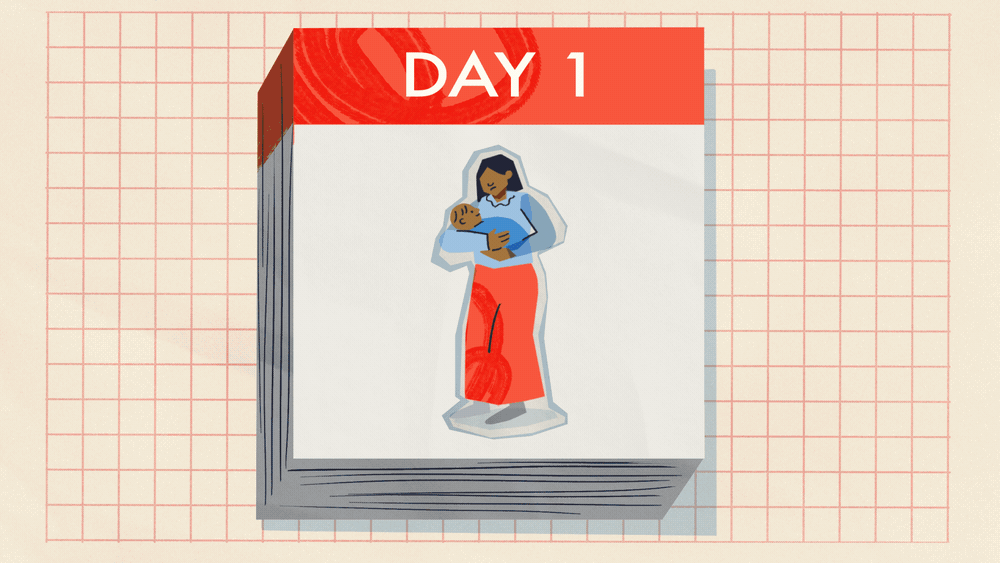A new perspective on postpartum anxiety
After developing a groundbreaking method to measure postpartum anxiety in new mothers, researchers at The University of Liverpool needed to spread the word about their work. Our animation has been a powerful asset in their mission to improve the support available to new mothers - in the UK and globally.
Challenge
When researchers at The University of Liverpool discovered that postpartum anxiety was being inaccurately measured by tools designed for the general adult population, they took action.
Vicky Fallon, PSAS Chief Investigator, explains: “All the measures of postpartum anxiety were created for use with general adult populations so some of the questions are really problematic, such as, ‘I feel well rested’. In a postpartum context where all new mums are tired all the time, this is going to significantly skew the results. The questions didn't reflect specific maternal and infant focused-anxieties so we developed our own scale." Vicky and her team developed the Postpartum Specific Anxiety Scale (or PSAS for short) - tailored to new mothers - as a more reliable and effective predictor of anxiety in mothers in the first year following birth.
Vicky and her team developed the Postpartum Specific Anxiety Scale (or PSAS for short) - tailored to new mothers - as a more reliable and effective predictor of anxiety in mothers in the first year following birth.
“The aim is to embed PSAS in clinical practice across the NHS as a measure that can inform and tailor interventions so we needed to spread the word about it and approached Scriberia to help," says Vicky.
Solution
Working closely with Vicky and her team, our animators produced a 2-minute animation that explains the scale, what it measures and pathways for additional information.
“It was important the animation was not too scientific or clinical but friendly and accessible for both healthcare professionals and new mothers to understand,” says Vicky. “As soon as we saw the initial concepts, we loved the direction Scriberia took - we couldn’t have thought of a better way to illustrate it.”
“It was important the animation was not too scientific or clinical but friendly and accessible for both healthcare professionals and new mothers to understand.”
Vicky Fallon, PSAS Chief Investigator, The University of Liverpool
To illustrate the inadequacy of previous measurement methods, the animation team came up with a 'cookie cutter' analogy, to emphasise how a mother and her newborn do not fit into the existing one-size-fits-all methodology.
Results
“To see the culmination of years of work so expertly captured in just two minutes of animation is pretty incredible.”
The animation sits on the front page of the PSAS website and has been shared across its social channels and at academic conferences to fuel awareness and engagement.
Vicky says: “The animation is such a great way to introduce PSAS to new audiences and the feedback from everyone has been fantastic.”
The scale has been picked up by healthcare settings across the globe, from Palestine to China, and there are plans to use the animation with translated subtitles to further extend its global reach.
“To see the culmination of years of work so expertly captured in just two minutes of animation is pretty incredible,” adds Vicky. “We absolutely loved working with Scriberia on the animation - it was one of the most fun projects I’ve done in a long time!”
